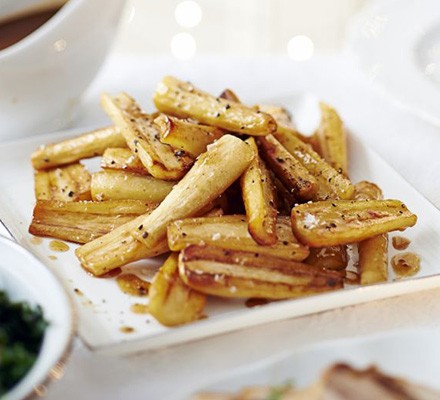Why we’re obsessed with unusual flavors
February 10, 2015 by Darcie Unless
you’ve been hiding under a rock for the past decade, you’ve
probably been exposed to the flavor combination of salted caramel.
It’s everywhere, emerging first in chocolates and ice creams, but
moving to new territory like crisps (chips for those of us in the
States). The Guardian inspects this trend and other, weirder, food
flavor combinations.
Unless
you’ve been hiding under a rock for the past decade, you’ve
probably been exposed to the flavor combination of salted caramel.
It’s everywhere, emerging first in chocolates and ice creams, but
moving to new territory like crisps (chips for those of us in the
States). The Guardian inspects this trend and other, weirder, food
flavor combinations.
While on a visit to the United States, writer Laura Barton figured odd flavor pairings like Mountain Dew popcorn were limited to that country. But on her return to England, she noticed a similar trend happening there. She gave an example of the explosion of flavoured tea, noting that “Twinings alone now offers 50 flavours, including Camomile & Maple, Intensely Buttermint, and Salted Caramel Green Tea, and is currently running a campaign advising customers in the art of “flavouring your day”. Meanwhile, British crisps have also been enjoying a period of flavour experimentation.”
This experimentation includes the salted caramel trend. Barton tried Tesco’s version of these crisps, and noted that the “caramel seemed to emerge after the initial saltiness, which was fine, except for the potato. I’m not sure they make such easy bedfellows. I found the whole experience mildly unsettling, as if I had accidentally worn a jumper back to front. But what these crisps confirmed was this century’s unwavering infatuation with salted caramel – everywhere from French patisseries to ice-cream parlours, high street coffee chains and now even pretzels and potato snacks.”
The popularity of salted caramel is due in part to its combination appeals to younger and older populations alike. Beyond salted caramel, the “increased appetite for a range of many flavours, often in unfamiliar settings, is a youth-driven trend,” says Dr Alan Hirsch, founder and neurological director of the Smell and Taste Treatment and Research Foundation in Chicago. Food can be part of the teenage rebellion. Naturally, the flavours popular with generations are different than those of their elders. “Studies of olfactory-based nostalgia found that older people are more nostalgic for nature – for the smell of horses and hay,” Hirsch says. “Younger people are more nostalgic for artificial odours, so artificial food appeals to their nostalgia.”
Photo of Salted caramel parsnips from BBC Good Food Magazine
Categories
- All Posts (6940)
- Antipasto (2135)
- Author Articles (247)
- Book News (935)
- Cookbook Giveaways (983)
- Cookbook Lovers (257)
- Cooking Tips (109)
- Culinary News (299)
- Food Biz People (552)
- Food Online (791)
- Holidays & Celebrations (272)
- New Cookbooks (149)
- Recipes (1500)
- Shelf Life With Susie (231)
- What's New on EYB (133)
Archives
Latest Comments
- Atroyer7 on Danube Cookbook Review and Giveaway
- demomcook on What foods do you look forward to the most for each season?
- demomcook on Danube Cookbook Review and Giveaway
- Darcie on How cookbooks can help build resilience
- mholson3 on Danube Cookbook Review and Giveaway
- Rinshin on How cookbooks can help build resilience
- sarahawker on Danube Cookbook Review and Giveaway
- Sand9 on Danube Cookbook Review and Giveaway
- hankintoby29 on Heritage Cookies of the Mediterranean World – Cookbook Giveaway
- WBB613 on Feasts of Good Fortune Cookbook Giveaway